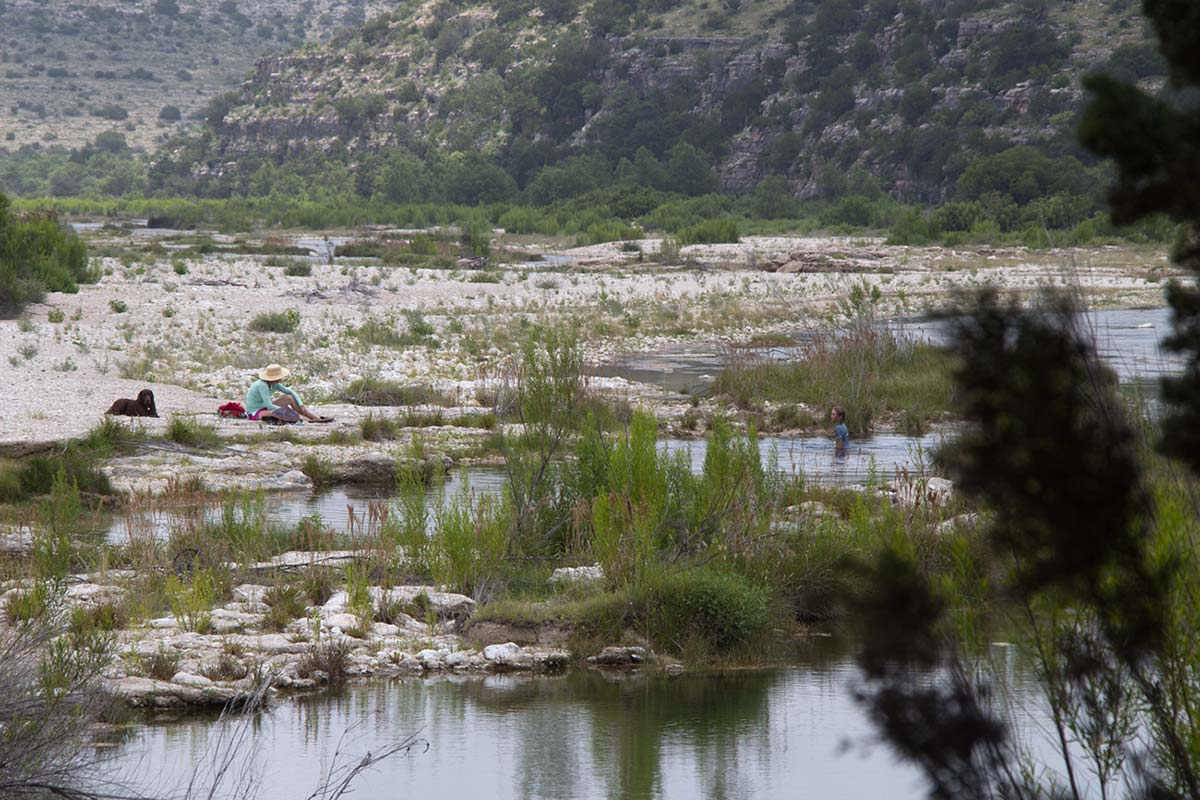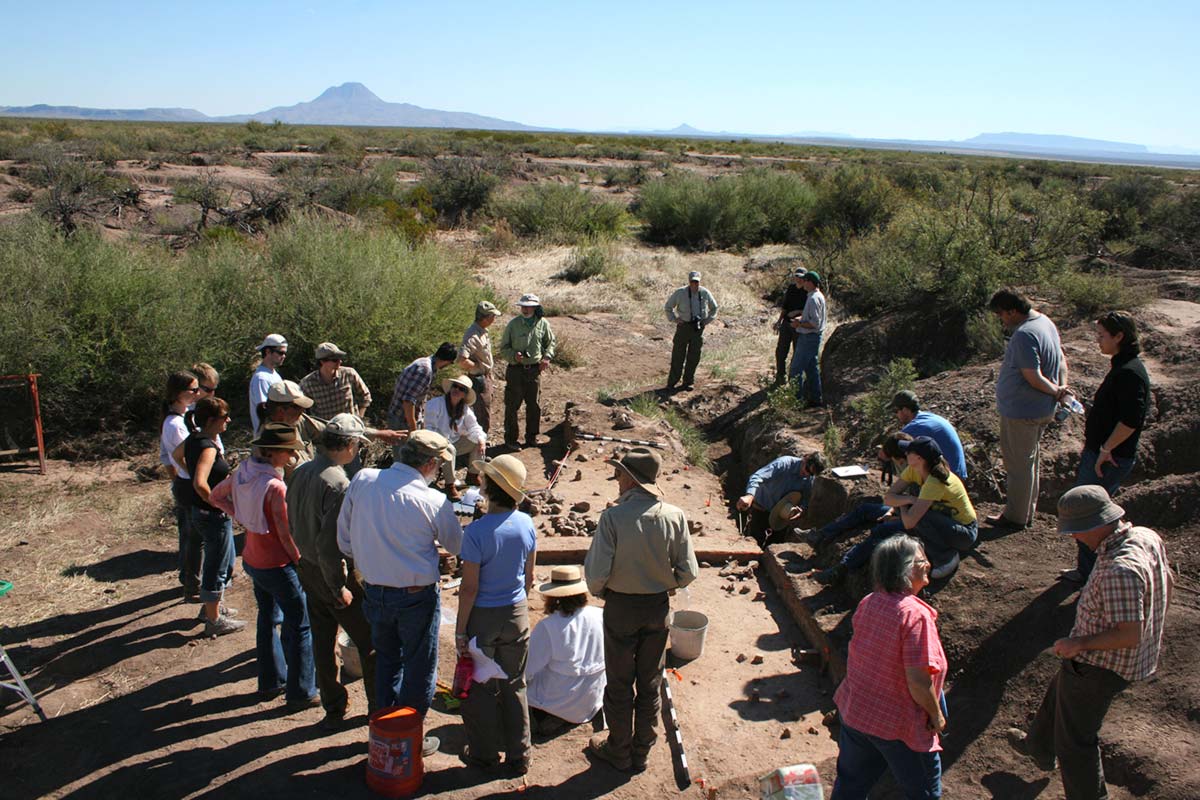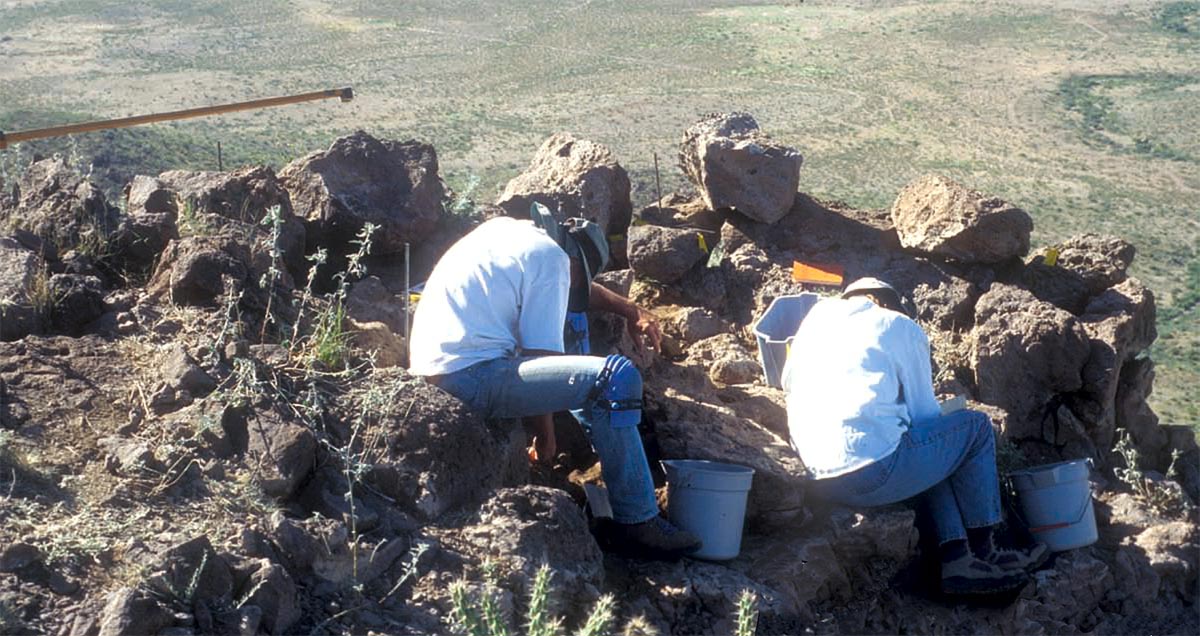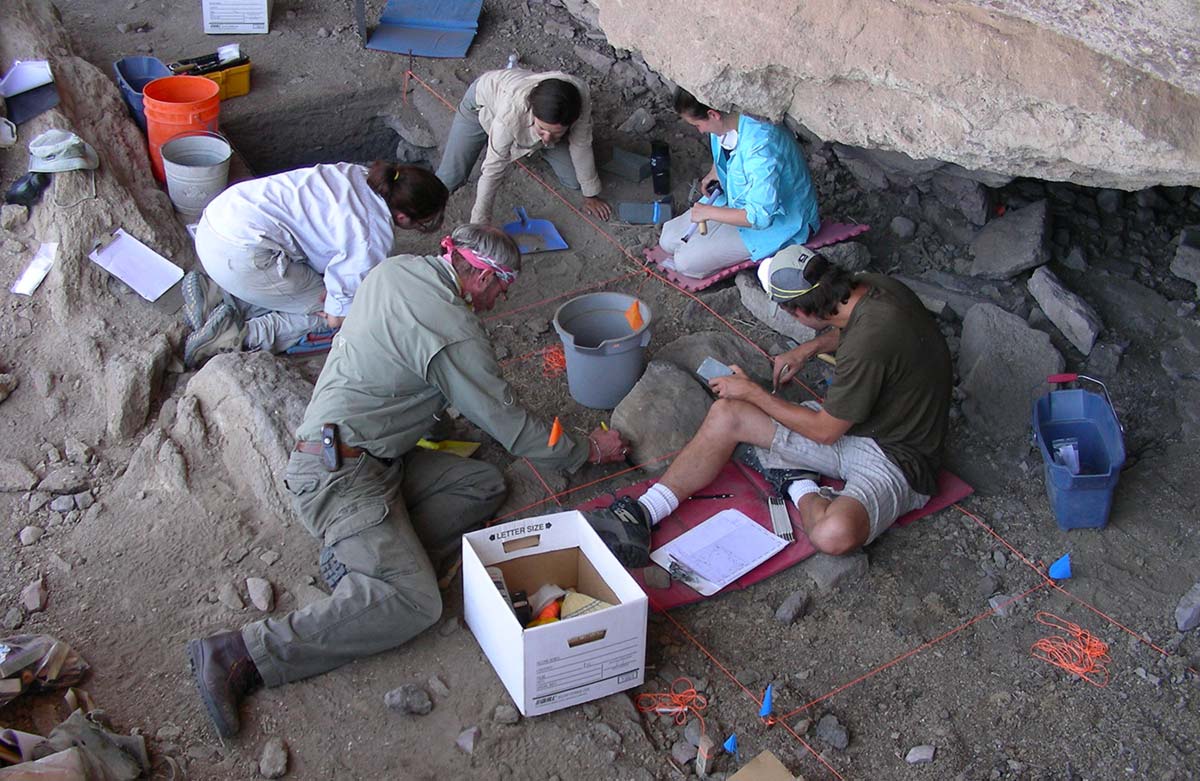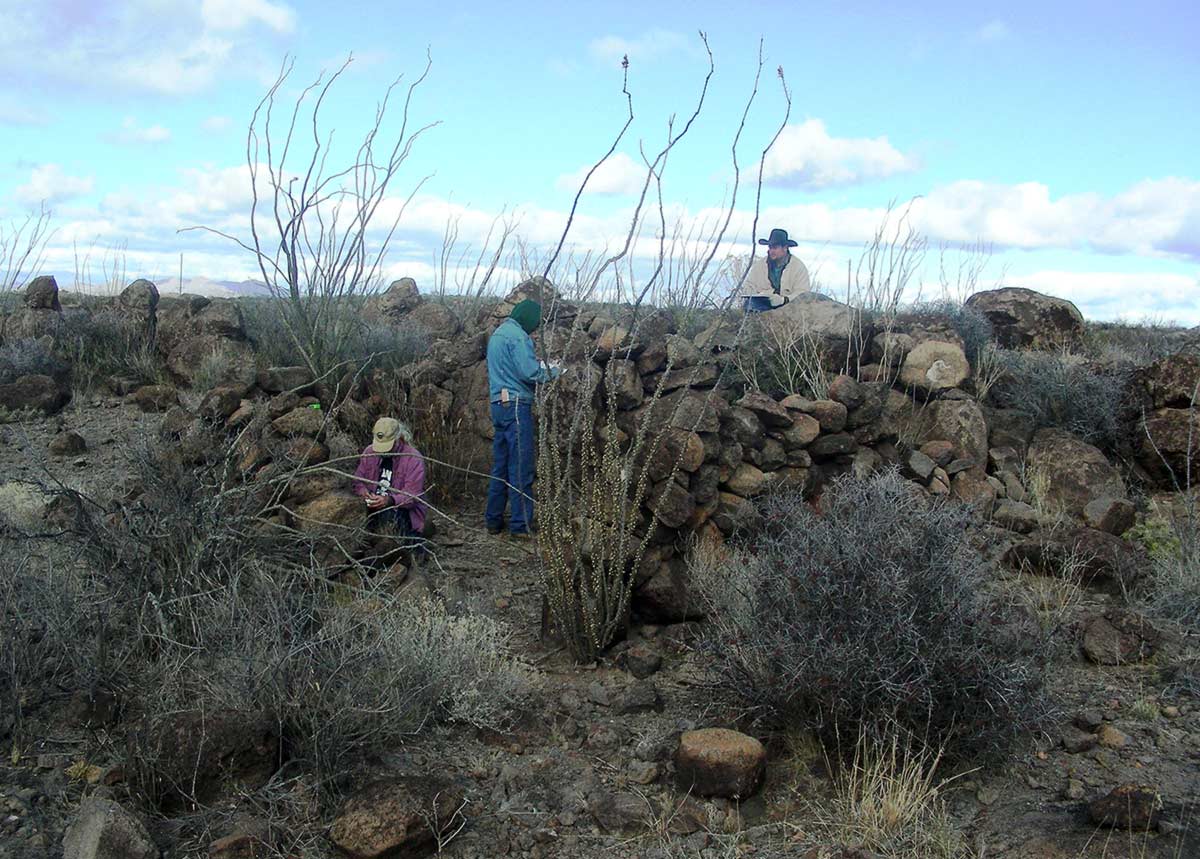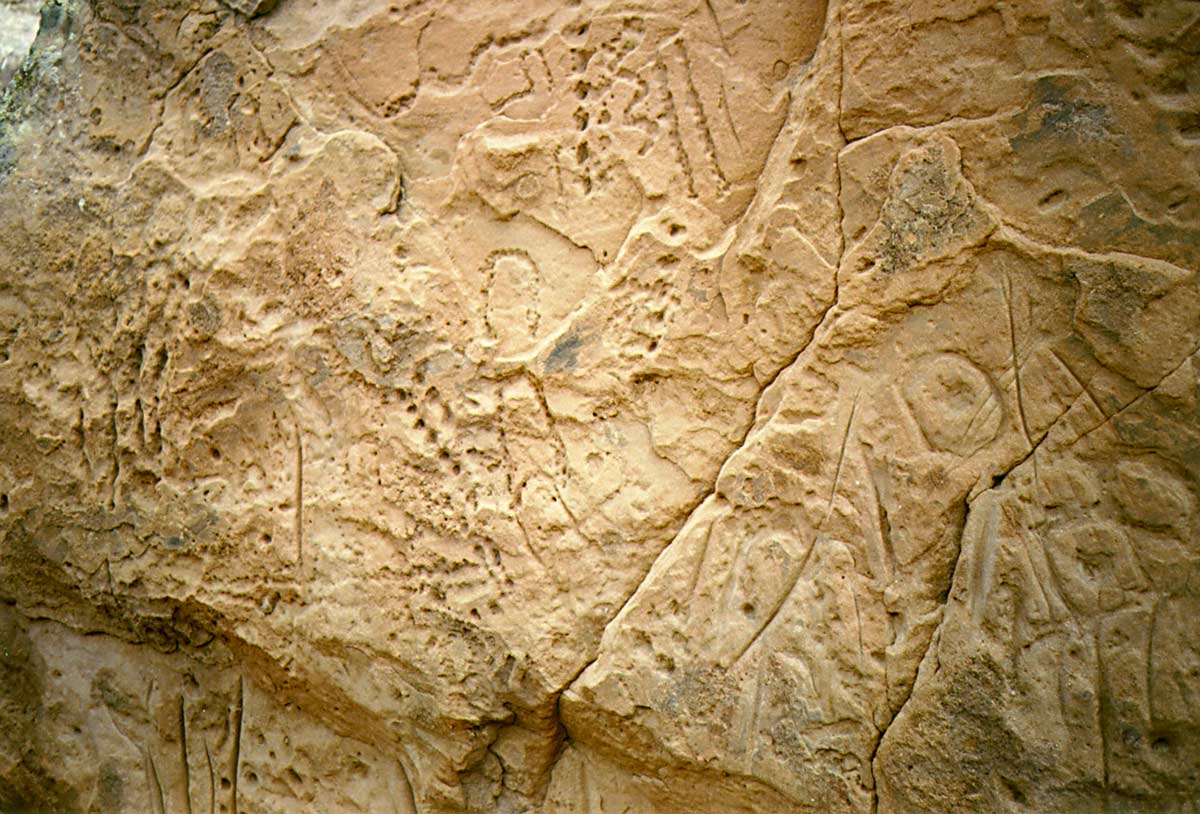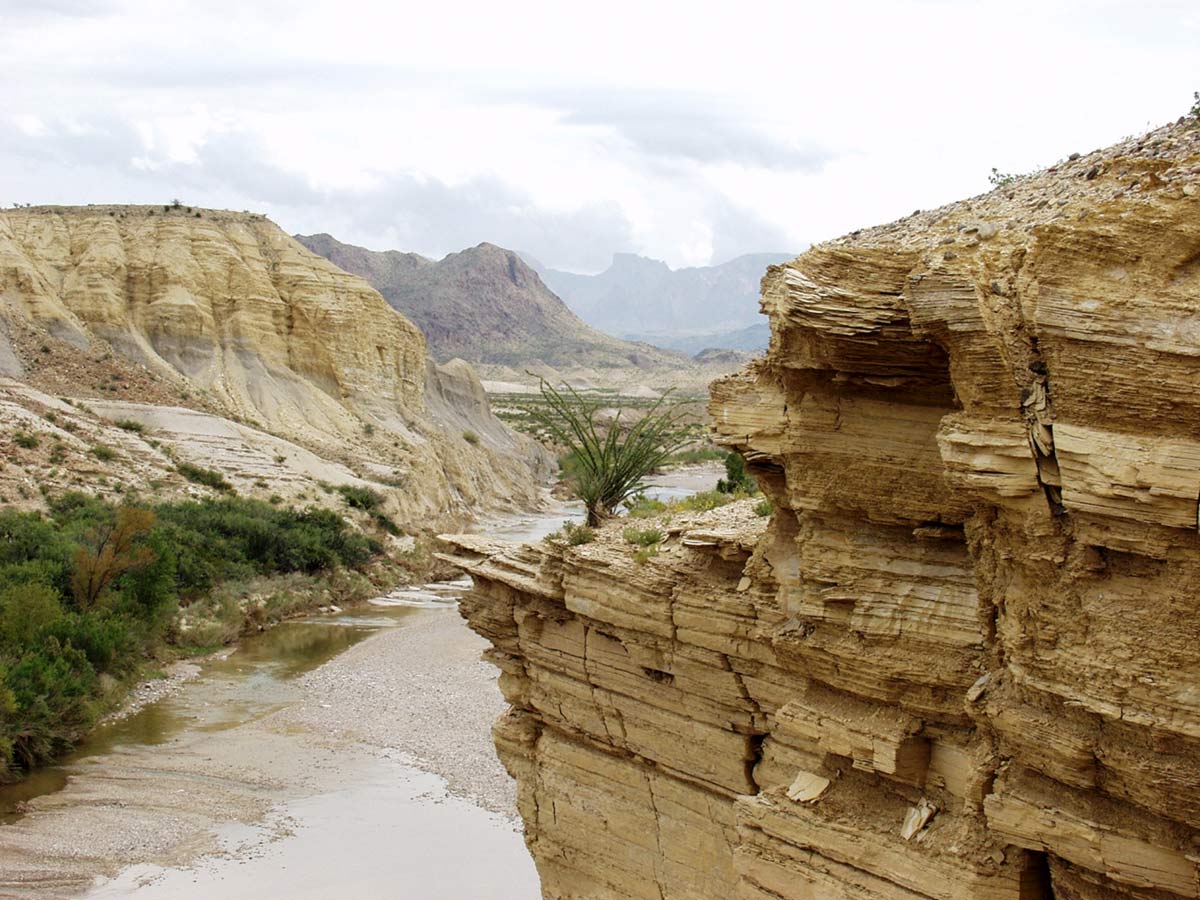Research projects and initiatives.
Independence Creek—Logan’s Terrace
2010–2011
The Logan’s Terrace (41TE676) site—located near the Pecos River on the Nature Conservancy’s Independence Creek Preserve—was tested in 2010 with several excavation units. Large mammal bones had previously been discovered eroding from several localities along a cut bank and subsequent analysis had identified these as bison bones. Since bison remains […]


